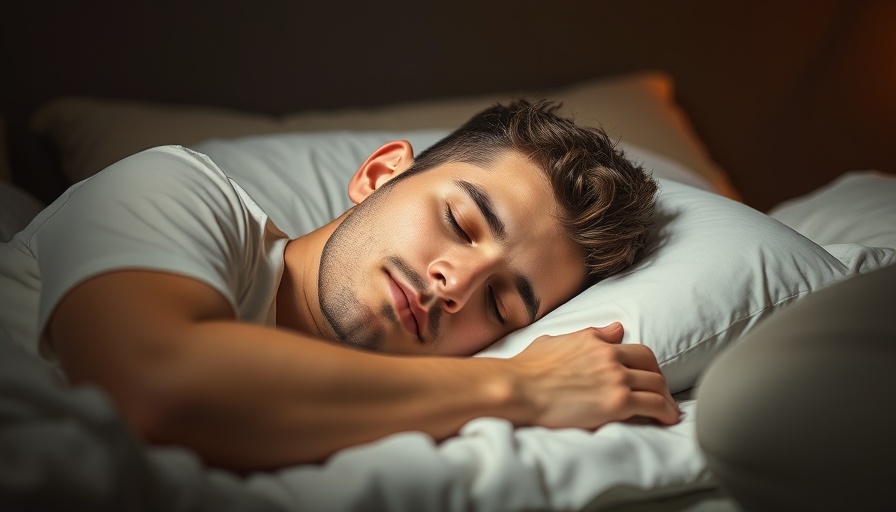
Understanding Our Sleep Patterns
Sleep is more than just a time to rest; it's an essential component of our physical and mental health. Scientists have identified a fascinating phenomenon that is nearly universal across species: the sleep cycle. This cycle includes alternating phases of non-rapid eye movement (non-REM) and rapid eye movement (REM) sleep. According to researchers from the University of Michigan, led by professors Sara Aton and Michal Zochowski, these cycles not only help us recharge but play a crucial role in how we strengthen and separate memories.
The Cycle of Memory Enhancement
Imagine memories as shrubs in a garden. The non-REM phase of sleep acts like sunlight, allowing these shrubs to grow taller and stronger. This phase consolidates our thoughts and experiences from the day, enhancing our ability to recall them later. As Aton describes, the orderly sequence of sleep is vital—if we were to reverse the cycle and enter REM sleep first, we could risk pruning away important elements of our memories, resulting in a muddled understanding of the past.
The Role of REM Sleep
When we transition into REM sleep, something remarkable happens. It’s akin to a gardener trimming the bushes, ensuring that only the healthiest and distinct memories remain intact. This continual process allows our brain to preserve necessary information while preventing related memories from blending into one another. Zochowski emphasizes the practicality of this research: “If you have three meetings in one day, a good night's sleep helps maintain those memories, allowing you to remember precisely who said what and during which meeting.”
A Look at Sleep Disorders
For those who struggle with sleep disorders, like insomnia or sleep apnea, these insights are crucial. Disruptions in the sleep cycle can hinder memory formation and consolidation, leading to challenges in daily functioning. It highlights the importance of seeking treatment for sleep disorders to ensure our memory systems work effectively. Engaging in practices that promote a healthy sleep environment, such as reducing screen time before bed and managing stress, can have a profound impact.
Actionable Tips for Better Sleep
Improving sleep quality doesn’t have to be daunting. Here are some actionable tips that can benefit those grappling with sleep disorders:
- Establish a routine: Try going to bed and waking up at the same time each day to regulate your body’s internal clock.
- Limit screen time: Avoid screens for at least an hour before sleep to decrease blue light exposure, which can interfere with melatonin production.
- Create a calming bedtime environment: Make your bedroom a sanctuary. Reduce noise and light and invest in comfortable bedding.
- Practice mindfulness: Techniques like meditation and deep breathing can help ease the stress from your mind before bedtime.
When to Seek Help
If you're finding it increasingly difficult to achieve a good night’s sleep or maintain sleep cycles, it's essential to seek professional help. Sleep specialists can offer personalized strategies and treatments, ensuring you receive proper guidance tailored to your needs.
The Promise of Future Research
As research on sleep continues to unfold, the discoveries being made can provide real hope for those struggling with sleep disorders. Understanding the full impact of sleep on memory formation highlights its significance in overall mental health. With increased awareness and scientific insights, we can develop better methods to promote healthy sleep patterns, leading to improved memory and cognitive function.
In a world where mental resilience is becoming ever more vital, focusing on better sleep practices can not only aid memory but also foster a healthier lifestyle.
 Add Row
Add Row  Add
Add 




Write A Comment